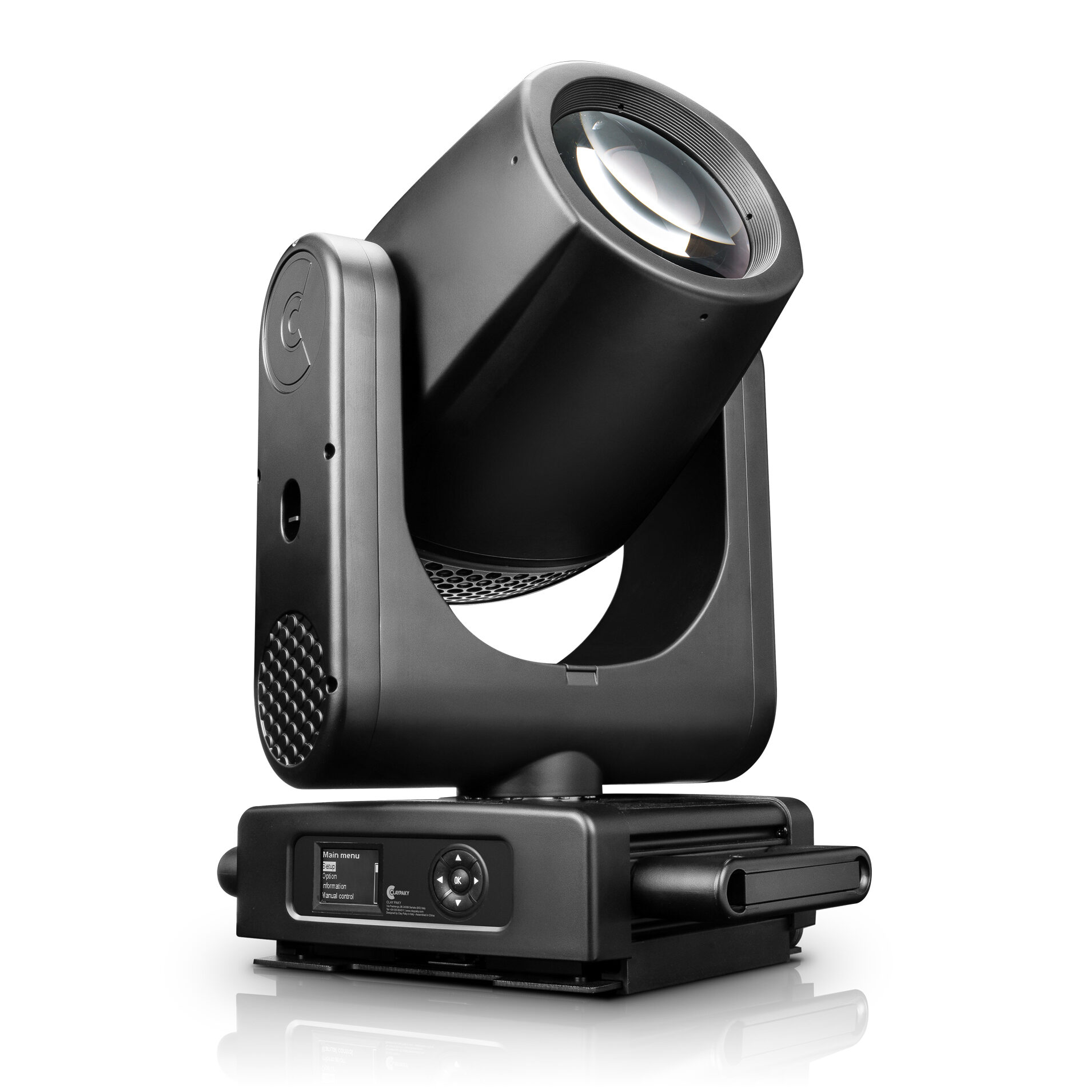NEWPORT, RI – An 18-projector system using Barco gear is giving submarine trainees immersive visuals with the prototype Submarine Bridge Trainer (SBT) program that is part of the U.S. Navy's Naval Undersea Warfare Center. The SBT system uses Barco's SIM 5 projectors to simulate the view from atop the submarine's flying bridge or sail. This immersive environment lets up to eight trainees and one instructor conduct pre-deployment and mooring training, assess operational performance, and improve the crew's overall operational safety and effectiveness.
For years, pilots have used highly realistic flight simulators with interactive visual displays for training on standard and emergency flight procedures. Now, with the SBT system, the first of its kind for the U.S. Navy, that same level of control and realism is available to train submarine bridge crews.
To accomplish the required degree of realism within the SBT, high-resolution SIM 5 images are projected on a semi-spherical dome, 28 feet in diameter. Two horizontal swaths of overlapping images are then blended together using Barco's cross-channel matching and edge-blending processes, resulting in a 6-arc-min/OLP seamless composite image over a 360 degree by 70 degree field of view.
Source imagery for the system, including visual models of vessels, is derived from existing U.S. Navy harbor, piloting and navigational databases. The SBT's resulting realism has the ability to simulate electronic binoculars, periscopes and the submarine's roll and pitch – which in turn provides trainees with a sense of the submarine's rotational motion.
In addition to the SIM 5 projectors, Barco's turnkey display solution used its SimCAD system, a suite of tools for projector placement, image blending and resolution. SimCAD enabled 18 projector channels to be blended into one seamless display, without interference from the tall sail structure in the center of the SBT dome.
"The SBT is a positive new training technology for the U.S. Navy, and we're honored to have been selected as a key component," said Phil Laney, Barco's market development manager for simulation. "In terms of equipment and budget, our solution is ideal for the SBT's complex multi-channel requirements, and overall, our solution provides an immersive training environment that's unmatched by most maritime trainers."
For the SBT engineering development model, Barco was placed under contract in March 2009. In order to have the SBT prototype ready for full preview and evaluation by late summer, 2009, the company was asked to meet an aggressive installation schedule.
"Barco's implementation team, given an extremely aggressive schedule that included engineering changes along the way, was very flexible," said Shelley McInnis, the U.S. Navy's program manager. "The Barco team was very knowledgeable on how to execute this project in each of its stages. During implementation, this gave me the confidence that it would meet the expectation for a quality projection system to display Navy-owned high fidelity image generators to support the SBT' s intent of providing the next generation of Submarine Mariner Skills Training Devices at the highest degree of realism and fidelity)."
To date, the SBT has received high marks from each Admiral that has reviewed the NAVSEA facility. A final decision on whether to proceed with a full development and delivery program in 2012 for an SBT for all submarine home ports will be decided by the Chief of Naval Operations (CNO) in the early summer of 2010.
For more information, please visit www.barco.com .



